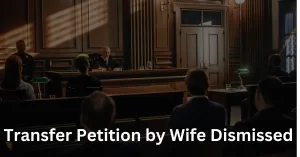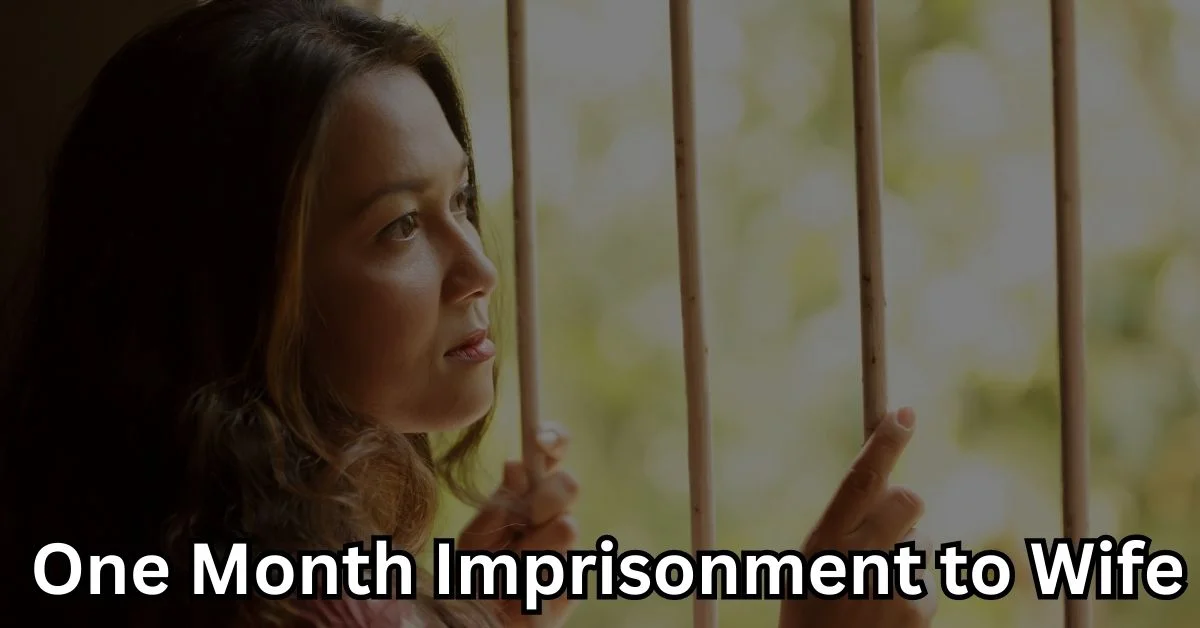A recent case in the Supreme Court of India shed light on the dismissal of a transfer petition filed by the wife. This article aims to dissect this case, explain the reasons behind the dismissal, and provide insights into the legal implications.
The Case at Hand
In the matter of Transfer Petition (Civil) No. 1082/2023, Gunjan Sharma was the petitioner, and Appurv Saini was the respondent. Gunjan Sharma had filed a transfer petition under Section 13 of the Hindu Marriage Act. This petition sought the transfer of the ongoing proceedings to a different jurisdiction.
The Decision
After careful consideration, the Supreme Court rendered its decision. The Court chose not to accept the wife’s plea for the transfer. This means that the proceedings will continue in the original jurisdiction as per the husband’s petition filed under Section 13 of the Hindu Marriage Act.
Reasons for Dismissal
The Court took into account various factors before arriving at this decision. One key factor was the completion of the evidence by the husband (the respondent in the case). Since the evidence phase had already concluded, the Court did not find substantial grounds to justify the transfer at this juncture.
Avenues for Participation
The Supreme Court recognized the wife’s right to effectively participate in the proceedings. In light of this, the Court granted the wife the liberty to apply to the Trial Court. This application would request permission for her to attend the proceedings virtually. The Court also allowed the wife to physically appear in court when absolutely necessary.
Furthermore, the wife was given the liberty to seek the Court’s permission to examine outstation witnesses through a Commission. This provision ensures that the wife has avenues to be part of the legal process, even if not physically present.
Legal Implications
This case holds broader significance in family law proceedings. It underscores the importance of effective participation by both parties. It also highlights the Court’s willingness to adopt flexible approaches, such as virtual appearances and witness examination through a Commission, to accommodate the parties’ needs.
Conclusion
The dismissal of a transfer petition in Transfer Petition (Civil) No. 1082/2023 brings to light the complexities of family law cases. While the transfer was not granted in this instance, the Court’s recognition of the wife’s rights and provision for alternative modes of participation demonstrate a balanced and fair approach to legal proceedings. This case serves as a reminder that legal decisions are not just about technicalities; they deeply affect the lives of those involved.



